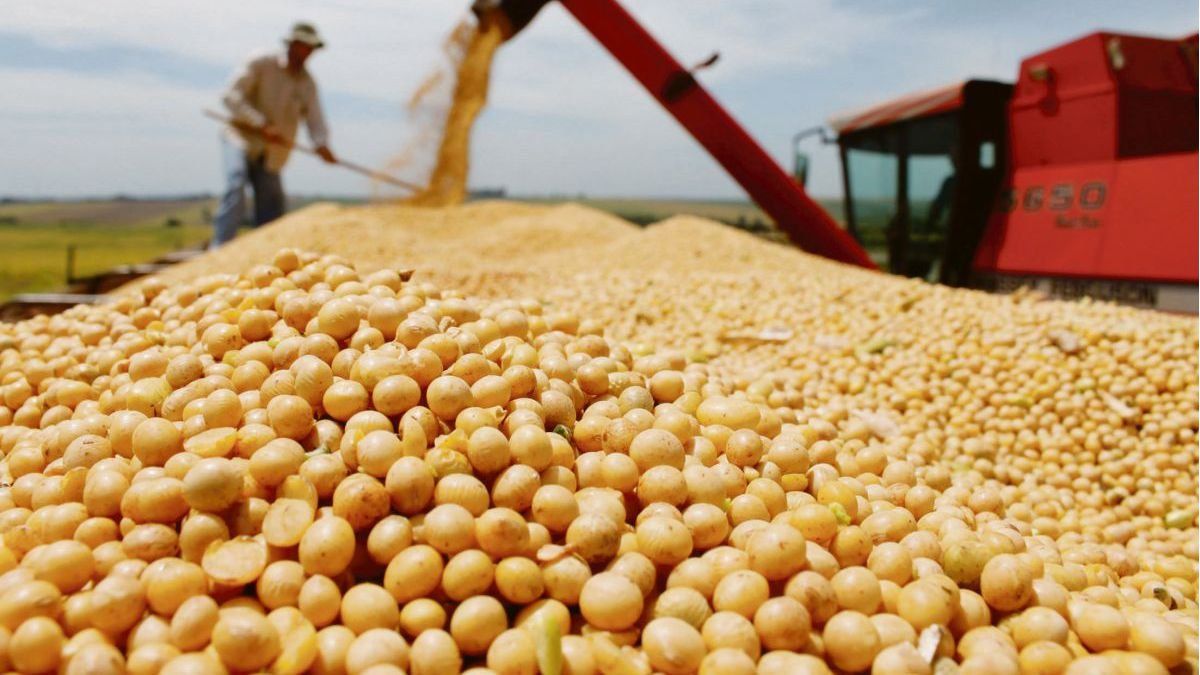Although these values show a considerable drop in shipments and collection, at the moment they would not be a warning signal for the Argentine economy for next year.. It is that within the projections of the majority of the specialists of the sector a productive fall of the wheat was considered and perhaps a smaller area destined to the corn. In any case, the lower dollar income will be a factor to take into account without neglecting that if the lack of rainfall continues, production could be reduced even more.
With this panorama, Martín López, an analyst from the Agricultural Estimates department of the Cereal Exchange, pointed out that the The area planted with extensive crops in Argentina would register a setback in the 2022/23 campaign which, together with the lower estimated yields as a result of the climate scenario, would result in a production of 127.7 million tons, reflecting a drop of -1.6 % in relation to the previous campaign. The greatest setback would occur in the area and production of wheat, which would reach 6.1 million hectares and 17.5 million tons, respectively. Likewise, he expressed that the area planted with corn and sorghum would decrease, where a greater participation of late plantings would be observed. Instead, andhe area planted with soybeans would increase by 2.5% reaching 16.7 million hectares and 48 million tons of the oilseed would be harvested, volume close to 50 million tons estimated for corn, which would remain the main crop. Finally, the area devoted to sunflower would register an increase of 17.6%, which would total a production of 3.9 million tons (+14.7%).
In this context, Tejeda Rodríguez stressed that most of the contribution to the treasury by agriculture is explained by high international prices, “which represents a situation of vulnerability for Argentina.” The economist also noted that when the performance of quantities is observed, Argentina has been growing below the world average since the 2007/08 campaign, as a consequence of the disincentives generated by agricultural policies, as shown by the projection scenarios. In conclusion, he added that the adoption of a more favorable policy framework for investment and exports, as proposed by the Argentine Agroindustrial Council, would more than double the expected growth for the agribusiness sector, which could approach potential.
Meanwhile, as a favorable fact is that the climatic event The girl which for Argentina means less rainfall in the main agricultural areas, according to climatologist Eduardo Sierra, will continue in the coming months, mainly affecting wheat. However, he claimed that the The system will evolve slowly towards a “Neutral” stabilizing from the month of January.
For his part, the event was also attended by Juan José Bahillo, Secretary of Agriculture of the Nation, who highlighted the decision of producers to invest and bet on production in a difficult and complex context, due to the drought and the world war situation. In this line, he referred to the Export Increase Program that achieved very good results, valuing the initiative of the producers to join and sell their soybeans. He also referred to the proposal presented by the BPA Network regarding good agricultural practices, which will be incorporated into the next CFA (Federal Agricultural Council). And he highlighted “the joint work of many entities in which the Stock Exchange has an important participation to generate a homogeneous regulatory framework throughout the country and provide predictability and tranquility to the community and producers.”
Source: Ambito
David William is a talented author who has made a name for himself in the world of writing. He is a professional author who writes on a wide range of topics, from general interest to opinion news. David is currently working as a writer at 24 hours worlds where he brings his unique perspective and in-depth research to his articles, making them both informative and engaging.




